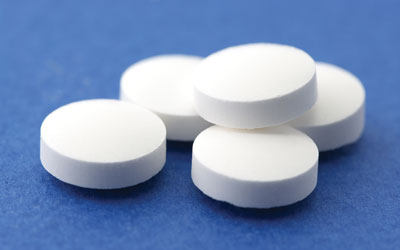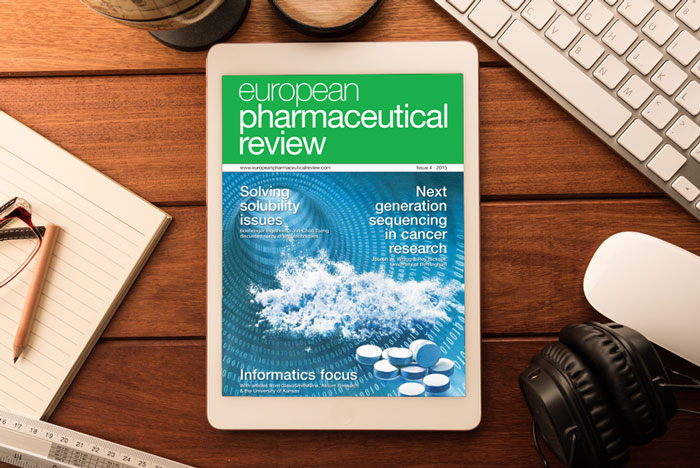Improving solubility with promiscuous multi-component drug crystals
22 October 2015 | By Masataka Ito, Kiyohiko Sugano and Katsuhide Terada Faculty of Pharmaceutical Sciences, Toho University
The physicochemical properties of active pharmaceutical ingredients (APIs) are critical to the success of drug development. Most of the APIs in oral solid dosage forms are contained as drug crystals.

































